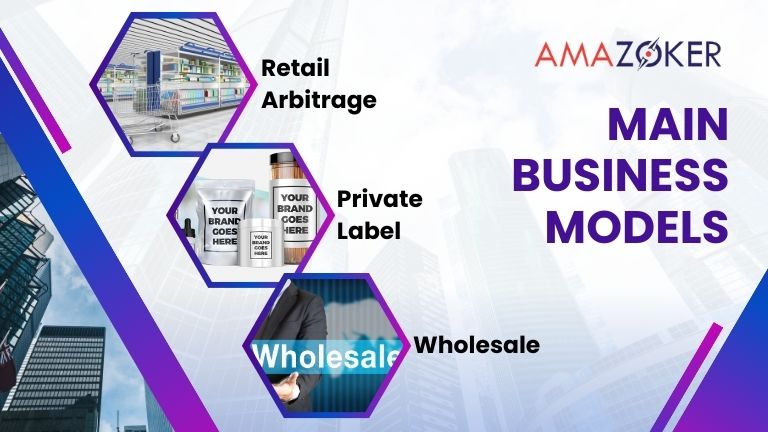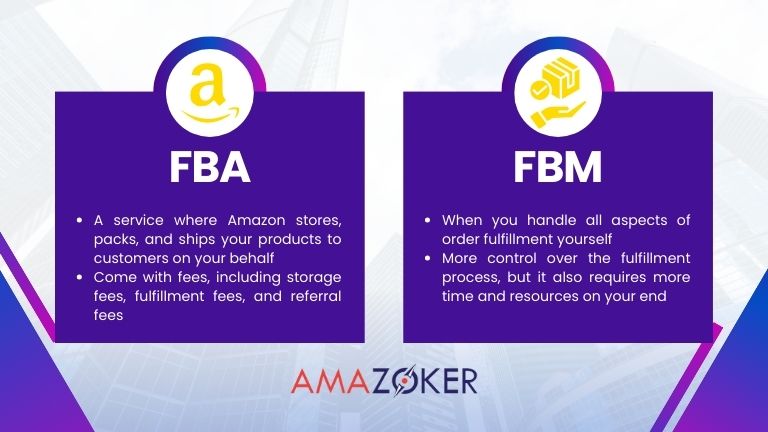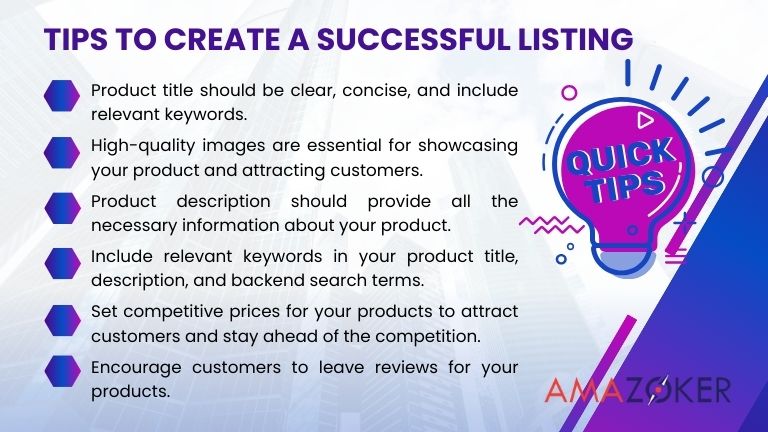Are you looking to start your own business and reach a wider audience? Look no further than creating an Amazon seller account. With over 300 million active customers, Amazon is the largest online marketplace in the world. By becoming an Amazon seller, you can tap into this massive customer base and grow your business exponentially. In this article, we will outline the six key steps to create an Amazon Seller Account, from picking a selling plan to having a successful listing.
Table of Contents
Pick a Selling Plan
Before you can create an Amazon seller account, you need to decide on a selling plan. Amazon provides customers with two options for selling plans: Individual and Professional.
The Individual selling plan is suitable for those who are just starting out and have less than 40 items to sell per month. It has no monthly subscription fee, but you will be charged $0.99 per item sold. On the other hand, the Professional selling plan costs $39.99 per month but allows you to sell an unlimited number of products. If you plan on selling more than 40 items per month, the Professional plan would be more cost-effective.
However, keep in mind that with the Individual selling plan, you will not have access to certain features such as bulk listing and advertising. While you can take advantage of all the features that come with the Professional selling plan, such as bulk listing and advertising options. Consider your sales volume and choose the plan that best suits your business needs.
Determine a Business Model
Once you have chosen a selling plan, it’s time to determine your business model. There are three main business models that Amazon sellers use: Retail Arbitrage, Private Label, and Wholesale.

There are three primary business models that help create an Amazon Seller Account
Retail Arbitrage
Retail arbitrage is the process of buying products from retail stores at a lower price and reselling them on Amazon at a higher price. This business model requires minimal investment as you don’t need to manufacture or create your own products. However, it does require a lot of time and effort to find profitable products and keep up with the constantly changing prices on Amazon.
Private Label
Private label is when you create your own brand and sell products under that brand on Amazon. This business model requires more investment as you will need to source and manufacture your own products. However, it allows you to have more control over your brand and potentially earn higher profits.
Wholesale
Wholesale is when you buy products in bulk from manufacturers or distributors and resell them on Amazon. This business model also requires a significant investment, but it allows you to sell well-known brands and products without having to create your own. It also offers the potential for higher profit margins.
Before deciding on a business model, consider your budget, resources, and goals for your Amazon business.
Pick a Fulfillment Method
Next, you will need to pick a fulfillment method for your products. Amazon provides customers with two primary fulfillment options: Fulfillment by Amazon (FBA) and Fulfillment by Merchant (FBM).

Here are two main fulfillment method options for products
Fulfillment by Amazon (FBA)
Fulfillment by Amazon service entails the storage, packaging, and shipping of your products to customers by Amazon itself. This means that you don’t have to worry about storing and shipping products yourself, which can save you time and effort. However, FBA does come with fees, including storage fees, fulfillment fees, and referral fees.
Fulfillment by Merchant (FBM)
Fulfillment by Merchant is when you handle all aspects of order fulfillment yourself. This includes storing, packing, and shipping products to customers. With FBM, you have more control over the fulfillment process, but it also requires more time and resources on your end.
Consider the size and nature of your products, as well as your budget and resources, when choosing between FBA and FBM.
Choose Products to Sell
Selecting the right products is crucial for your success as an Amazon seller. Choose products that align with your business goals and are likely to sell well on Amazon. Here are some tips to help you select profitable products:
- Research popular and trending products on Amazon.
- Look for products with high demand and low competition.
- Consider the profit margins and fees associated with each product.
- Take into account the size and weight of the products for shipping purposes.
- Read customer reviews to get an idea of the quality and demand for the product.
Look for unique selling points and consider using tools like Jungle Scout or Helium 10 to analyze sales data and trends. Remember to factor in product profitability and potential market saturation.
Create an Amazon Seller Account
With your selling plan, business model, fulfillment method, and products chosen, it’s time to create an Amazon Seller Account. Visit the Amazon Seller Central website and follow the step-by-step instructions to set up your account. You will need to provide some basic information about your business, such as your business name, address, and contact details. Once your account is set up, you can start listing your products and selling on Amazon.
>>>Read More: What do you know about Amazon Multiple Account?
Have a Successful Listing
Finally, to ensure your products stand out and attract customers, it’s important to create successful listings. Here are some tips to help you create a successful listing:
- Product Title: Your product title should be clear, concise, and include relevant keywords. It should also accurately describe your product and its features.
- Product Images: High-quality images are essential for showcasing your product and attracting customers. Make sure to use professional-looking photos that clearly show your product from different angles.
- Product Description: Your product description should provide all the necessary information about your product, including its features, benefits, and specifications. Make the text more reader-friendly by incorporating bullet points and breaking it into shorter paragraphs.
- Keywords: Include relevant keywords in your product title, description, and backend search terms. This will help your product rank higher in Amazon’s search results and increase its visibility.
- Pricing: Establish competitive pricing for your merchandise in order to entice customers and maintain a competitive edge over your rivals. Consider factors such as production costs, fees, and profit margins when determining your pricing strategy.
- Customer Reviews: Encourage customers to leave reviews for your products. Positive reviews have the potential to enhance the credibility of your product and entice a larger customer base.

Here are a few suggestions to assist you in crafting a successful listing
Creating an Amazon seller account is a great way to start or grow your business. By following the steps outlined in this blog post, you can easily create an Amazon seller account and start selling your products to millions of potential customers. By demonstrating unwavering commitment and perseverance, your pursuit of success on Amazon can yield extraordinary results.
Read more:
> Amazon Account Locked: Troubleshooting and Resolution Guide
> Protecting Your Brand: Understanding Amazon Trademark Infringement











